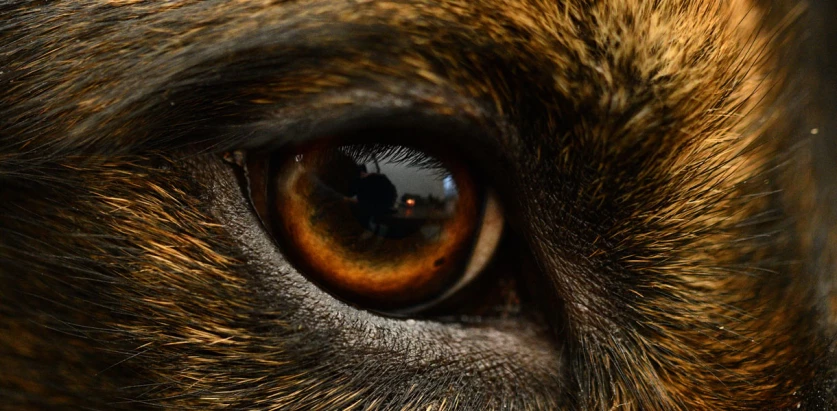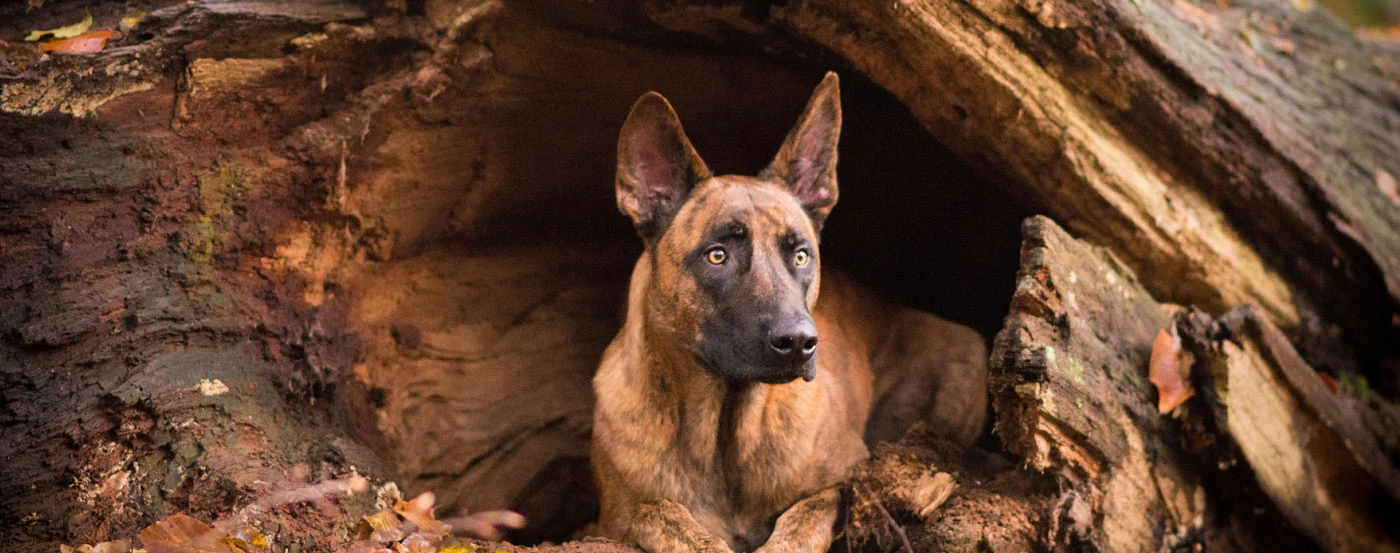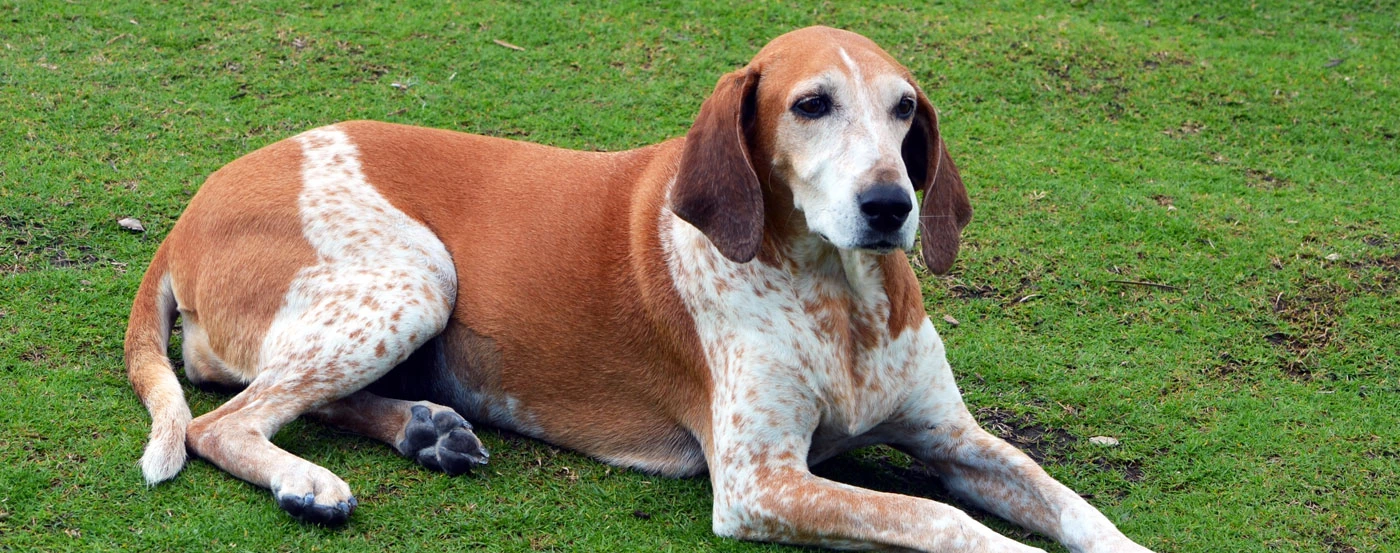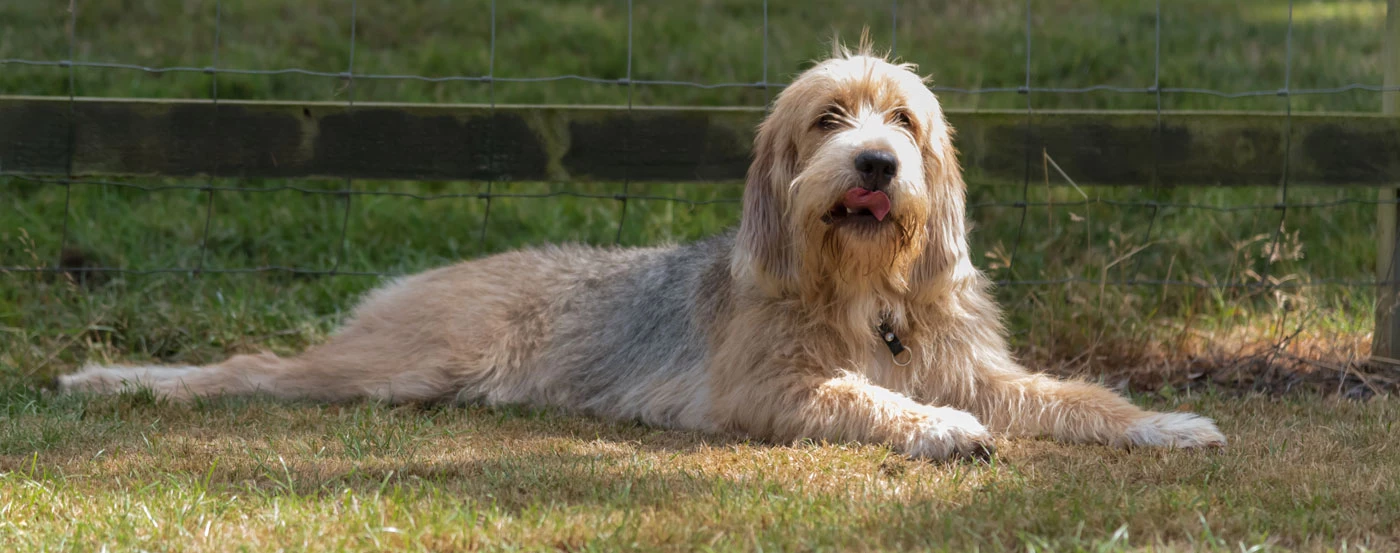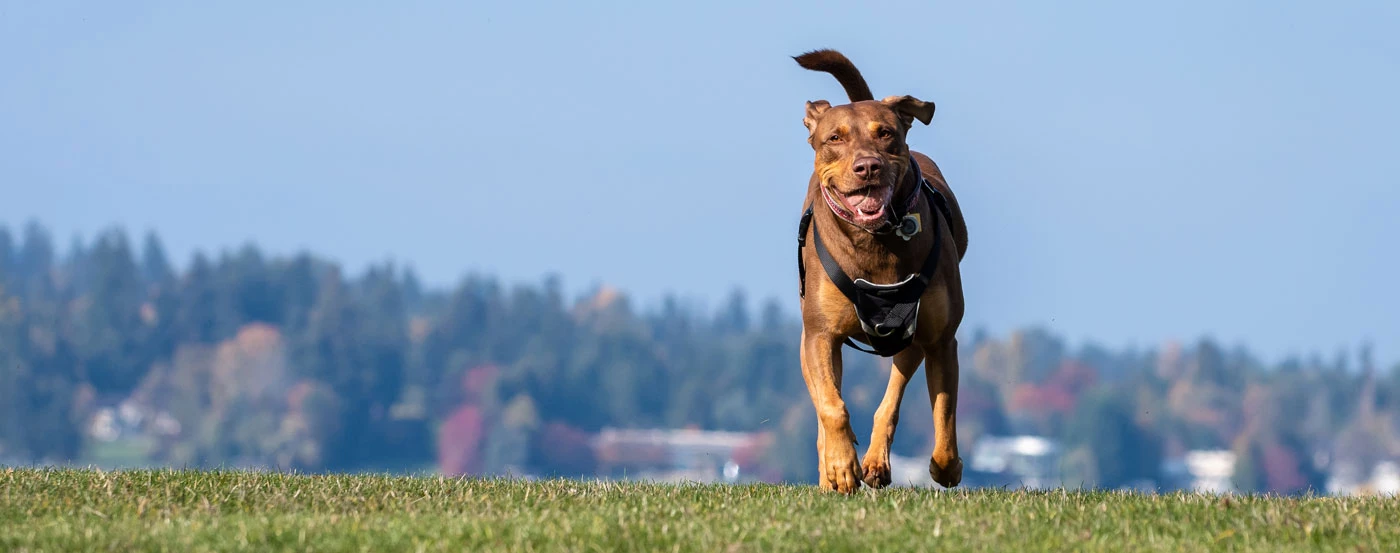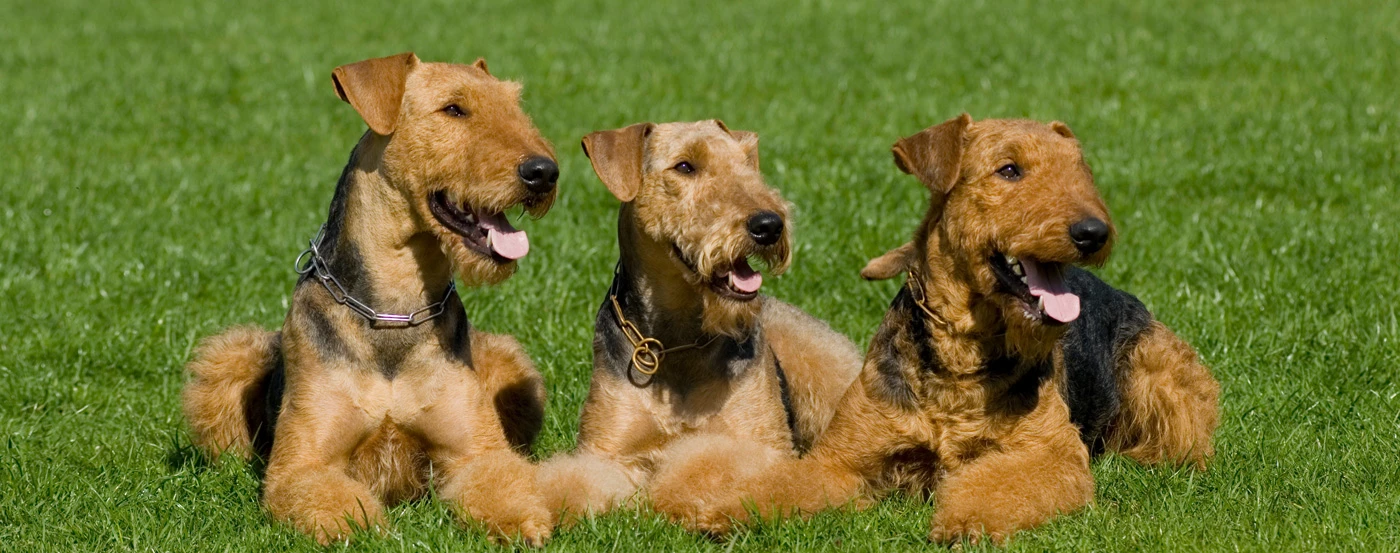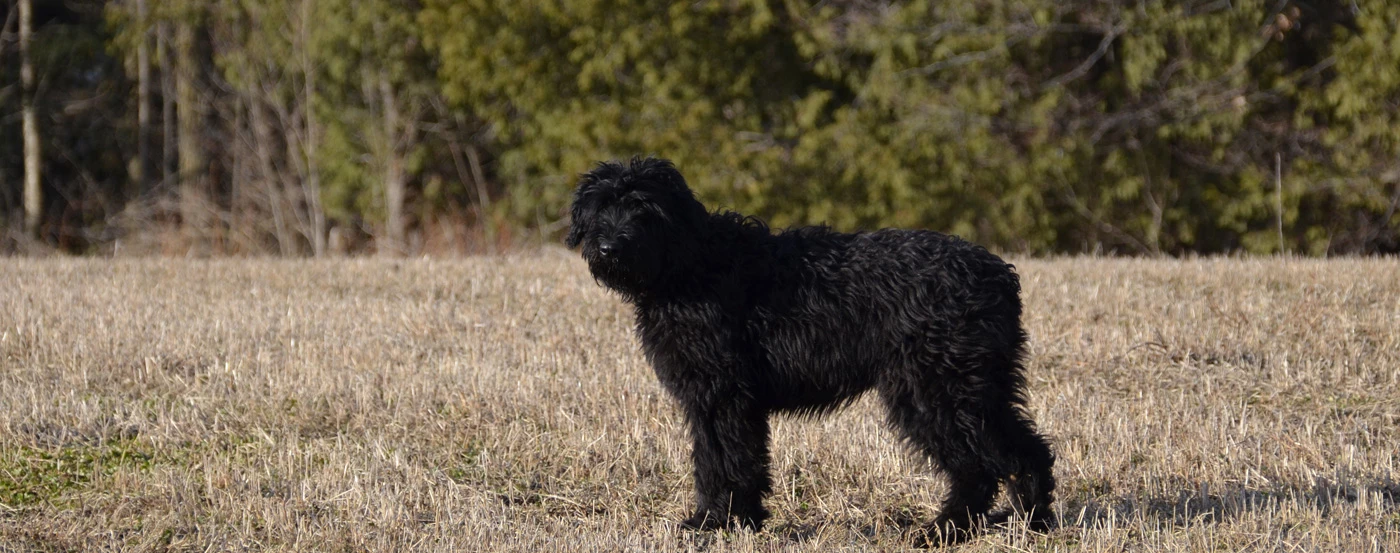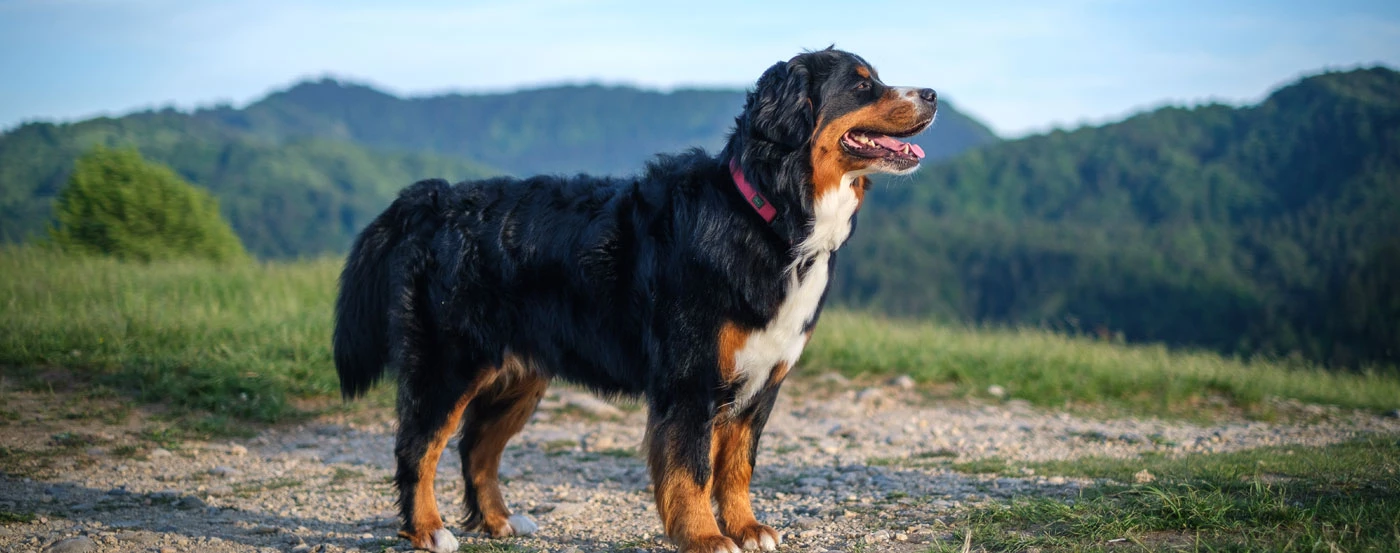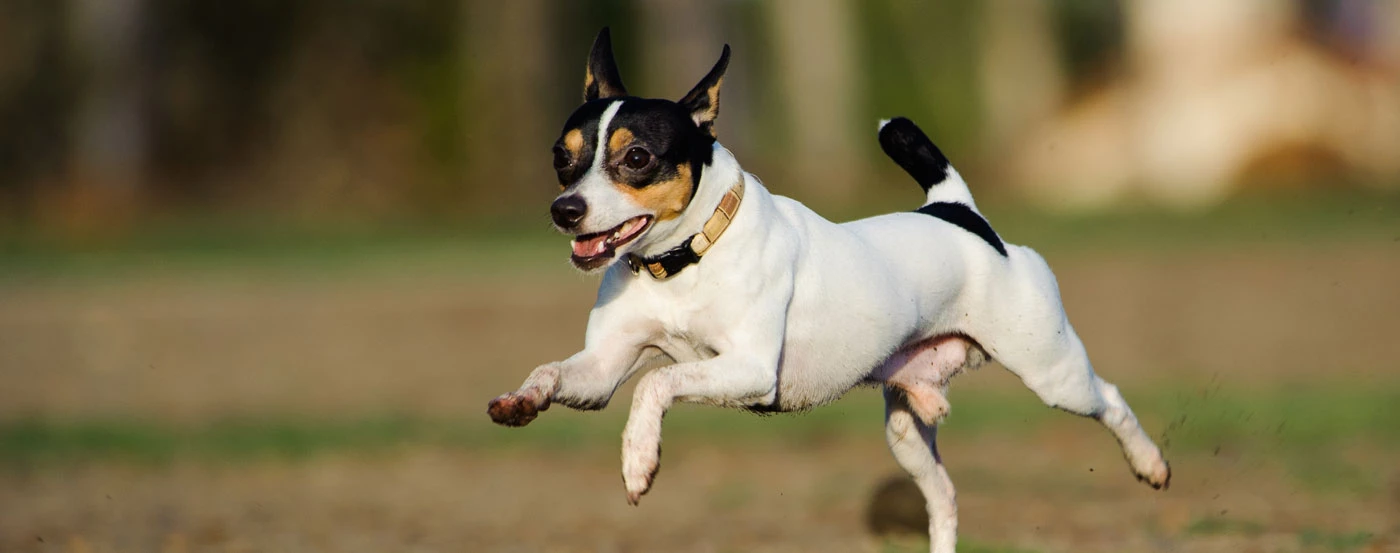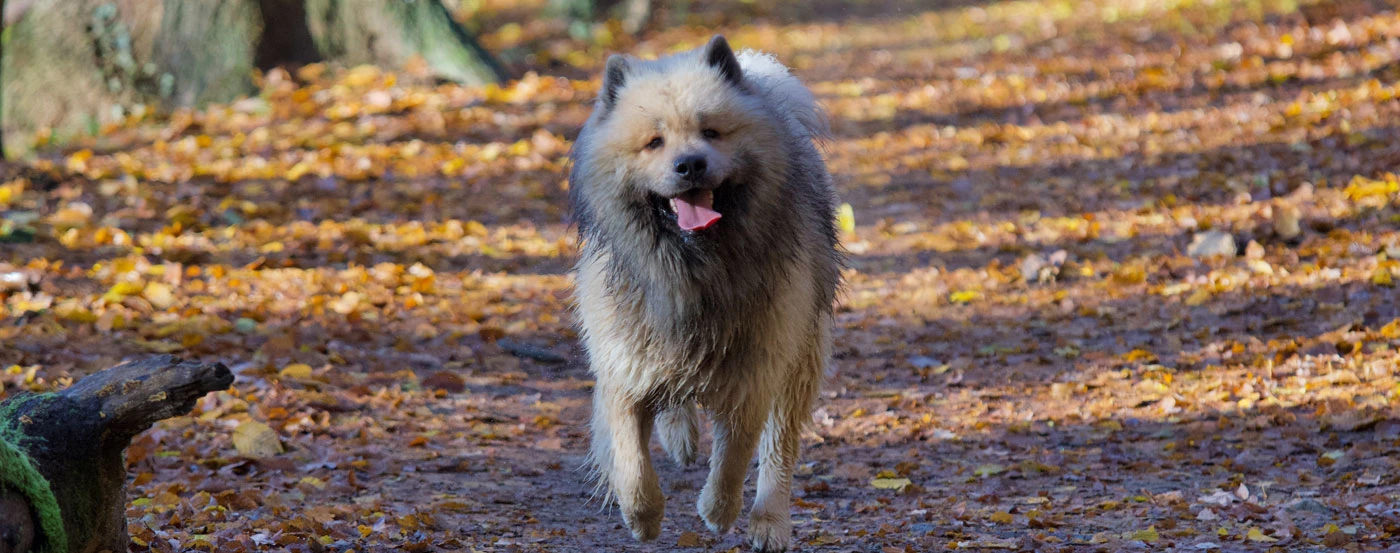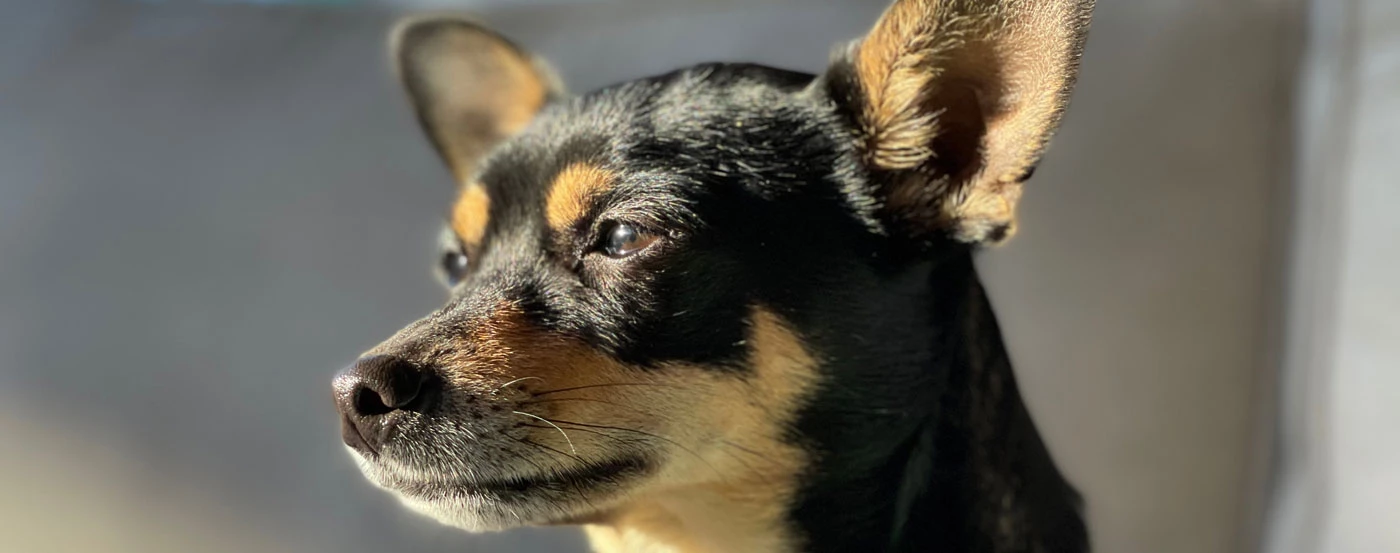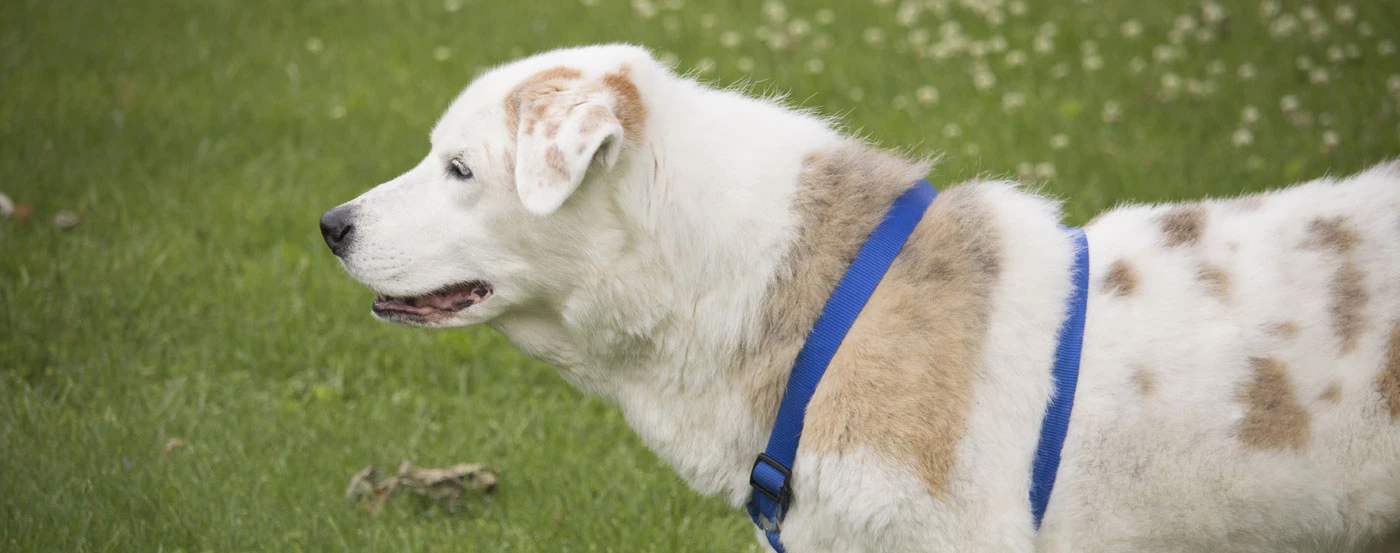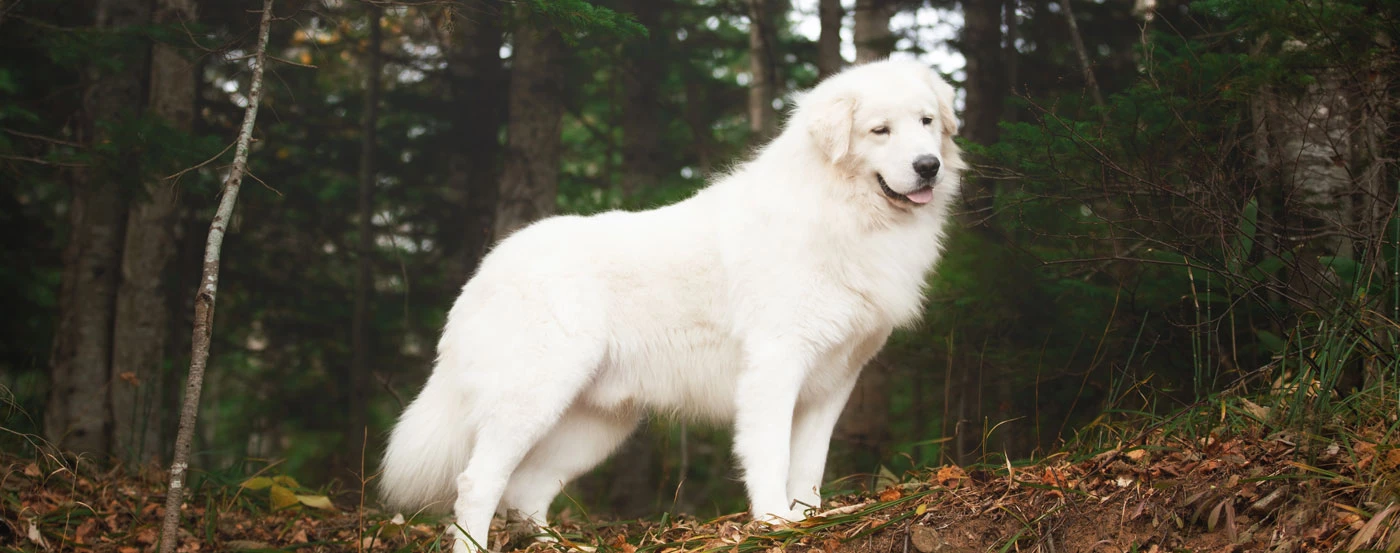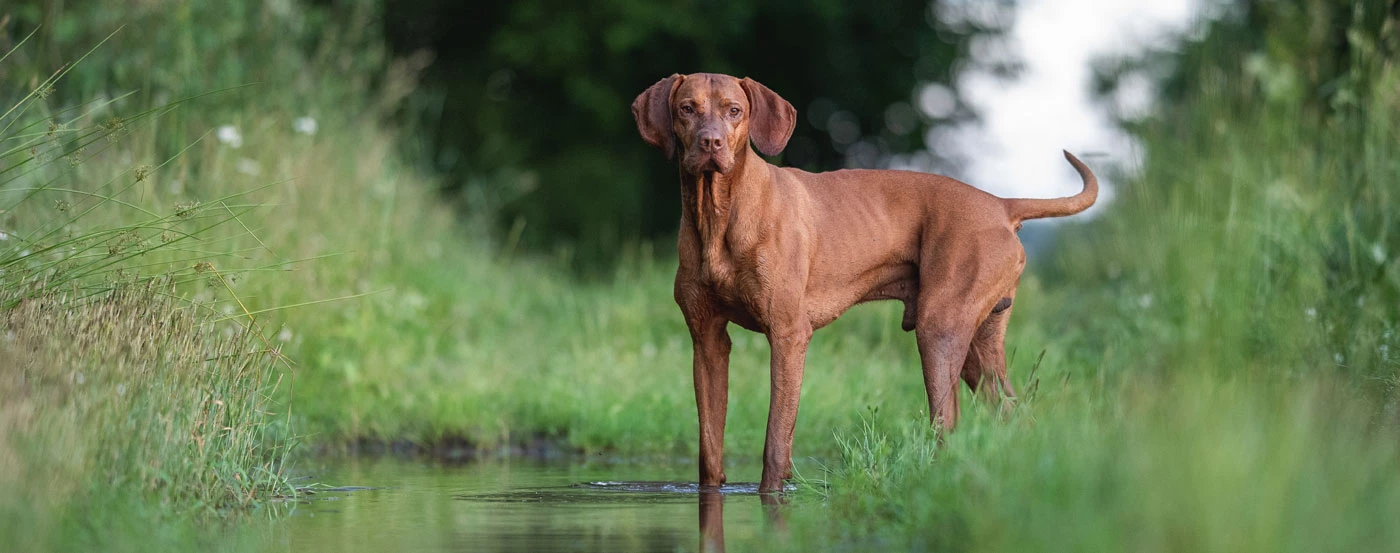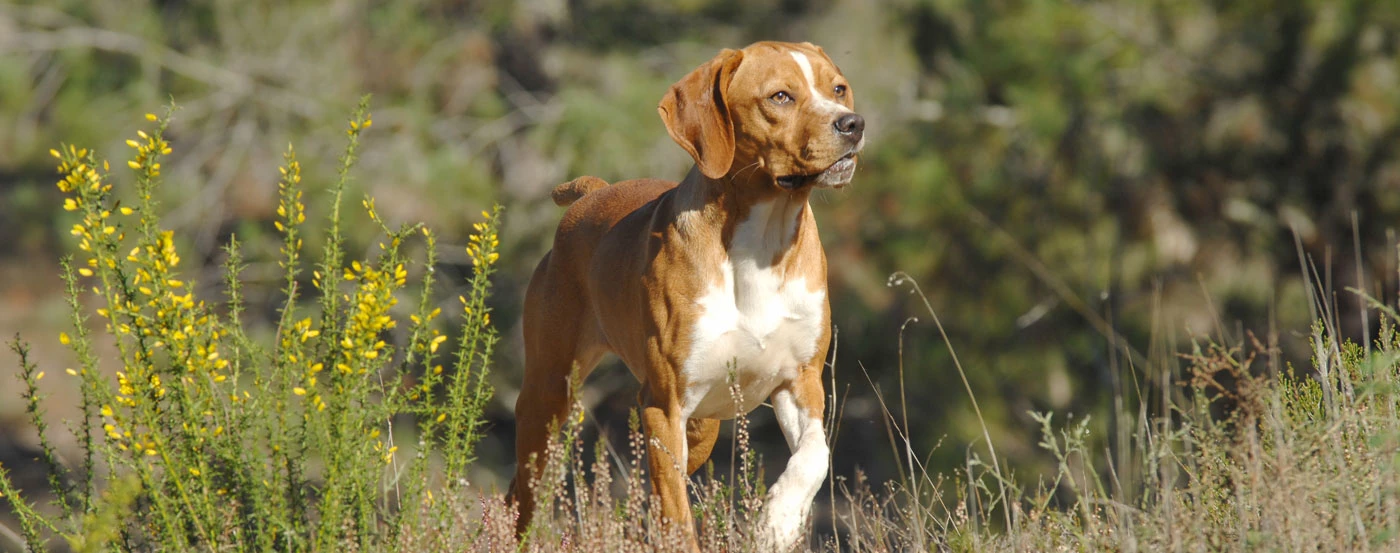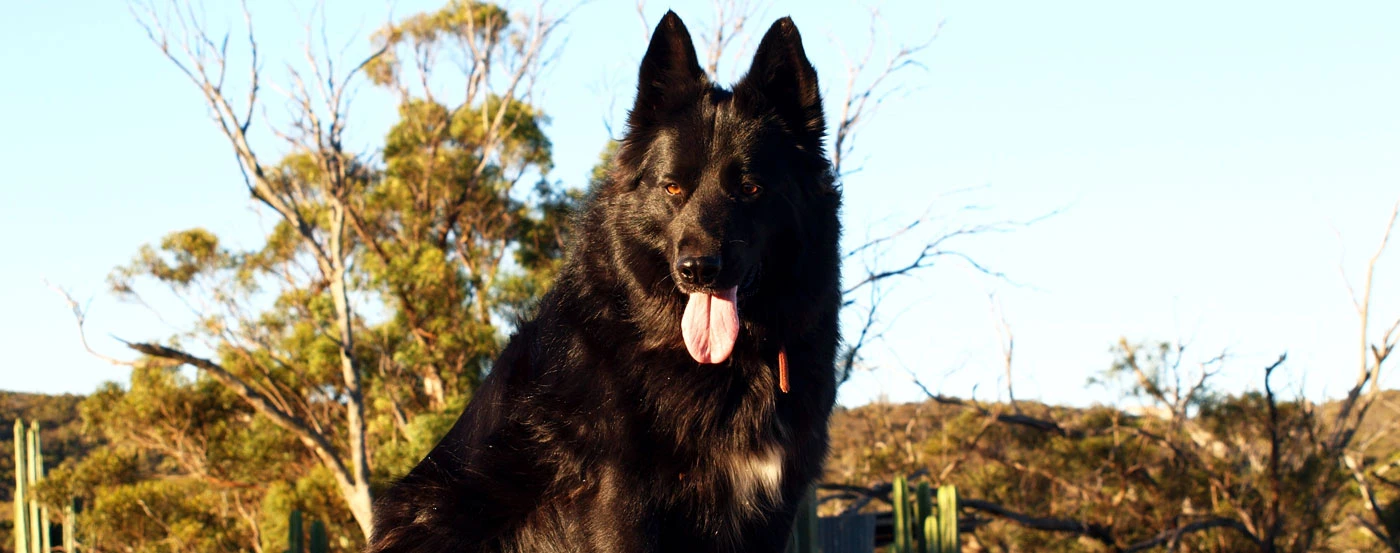About the Australian Retriever
Looking for a furry friend to make the perfect addition to your home, but don't know where to start on the 350+ recognised dog breeds? We've got you covered!
After reading our helpful guide on this friendly cross-breed of the Australian Shepherd and Golden Retriever, discussing everything from temperament to common health issues, you'll be sure to know if the Aussie Retriever is the right fit for you.
Australian Retriever Gallery
What is the history & origin of the Australian Retriever?
In 2007, when an Australian breeder bred her black Australian Shepherd with three of her own Golden Retriever females, three litters were born, with the latter two in 2008.
The Australian Shepherd, despite its name, is a breed from Western America. They were initially bred to herd livestock in the 19th century and are often used as guide dogs.
The Golden Retriever originated in Britain and was actually used to retrieve waterfowl. In 1865, a businessman received the only yellow puppy in a litter of black retrievers and bred it with the (now extinct) Tweed Water Spaniel, which became the foundation for the Golden Retriever we know today! The Golden arrived in the US in the early 1900s.
Who are Australian Retriever dogs best for?
The Australian Retriever, just like its parent breeds is energetic and therefore requires an owner that can provide it with over 1 hour of vigorous exercise every day. Therefore, they are best suited to an active person rather than a couch potato.
Despite this, an Australian Retriever is a great family dog, that is completely devoted to them. They are excellent with children and also do well with other dogs, so are great for a multi-pet household.
Due to the dependence on their humans, if you are someone who works a lot and lives alone, an Australian Retriever is not the dog for you.
How much grooming does a Australian Retriever need?
Proper grooming is imperative for Australian Retrievers. Regular grooming sessions with a proper slicker brush should be carried out daily, to prevent this dog's beautiful, long, and feathery coat from becoming matted and painful. De-shedding tools should also be used regularly as Australian Retrievers shed a lot!
You should expect to bathe your Aussie Retriever once every 2 months, using a good dog shampoo that will not irritate their sensitive skin. However, you should not exceed this, or you will risk stripping your dog of its skin's natural oils.
You should also keep your dog's teeth clean, as well as their eyes and ears. Carry out a quick clean of these once a week. Cutting their nails regularly is an essential part of the grooming routine, to prevent them from splintering.
Do Australian Retriever bark much?
Australian Retrievers can be known to bark a lot more than other dogs. This is likely a result of their herding instincts, due to being bred to work. They will most often bark if they are startled, scared, or even if they are playing and getting a bit too excited!
To prevent excessive barking, boundaries should be set at a young age. Instead of punishing them for barking too much, you should instead positively reinforce good behaviours.
Do Australian Retriever bite?
Due to their Aussie parent, the Australian Shepherd, and their strong herding instincts, an Australian Retriever may inappropriately bite, though this is not common. This often stops after they mature, however, this can sometimes become a bigger problem and should be dealt with immediately.
Ensure that you are providing your Australian Retriever with enough toys, for him to turn his attention towards biting them instead of nipping at your ankles.
Also try out the 'Leave It Method', by allowing your dog to sniff a dog treat but not allowing him to have it. When he loses interest, praise him and reward him with a treat. This will reinforce the idea that when he leaves something alone when he is not allowed to have it, he will be rewarded.
What is the temperament & personality of a Australian Retriever?
The Australian Retriever is an extremely friendly breed, inheriting its loving nature and obedience from its Golden Retriever parent. This breed requires a lot of company and is best suited to families that do not work a lot and can provide it with plenty of quality time.
Just like Australian Shepherds, the Aussie Retriever can be unsure of strangers at first, but will soon warm up. They actually become extremely loyal dogs, but proper training is important to make sure that overprotectiveness does not become a serious issue.
As energetic as the Australian Shepherd, the Australian Retriever requires an active family. They also need lots of stimulating activities to entertain them day to day. But thanks to their Golden Retriever parent, they won't hesitate to enjoy a snooze in the evening to regain their energy and do it all again tomorrow!
What is the weight & size of a Australian Retriever?
Due to their parent breeds being the Australian Shepherd and Golden Retriever, the Australian Retriever is a large breed.
The male Australian Shepherd can grow between 52 and 58 cm, and the male Golden Retriever to between 51 and 56 cm.
Due to the large size of the Aussie Retriever's parent breeds, it can grow to between 48 and 58 cm. They can weigh up to 23.5 kg!
How much training does a Australian Retriever need?
Early socialization is an important part of training your Australian Retriever, as this will teach him politeness and the way he is expected to behave. It will also ensure confidence, by exposing him to all kinds of people and animals.
The Australian Retriever is prone to separation anxiety and therefore crate training is often used to train these dogs.
Positive reinforcement is also a good method for this breed. Punishment is not great, as this breed can tend to be sulky like its Golden Retriever parent. Rewarding with treats is favoured as this breed is driven by food.
What are some of the most common health issues for a Australian Retriever?
Unfortunately, being a hybrid breed, the Australian Retriever can inherit health issues from both parent breeds.
Hip dysplasia and elbow dysplasia - This is common in the Australian Shepherd and symptoms of this are something that owners of the Australian Retriever breed should look out for.
Eye issues - Both the Golden Retriever and Australian Shepherd breeds lend themselves to this. Common problems that can occur in the Australian Retriever are cataracts and collie eyes.
Cancer - Cancer is higher in both the Australian Shepherd and the Golden Retriever, although the Australian Retriever's Golden parent has one of the highest rates of cancer in the whole canine population.
If you notice any changes in your Australian Retriever, consult a vet immediately.
What is the lifespan of a Australian Retriever?
Australian Retrievers, similarly to their parents, enjoy a lifespan of between 11 to 14 years.
How much should you feed a Australian Retriever?
The Australian Retriever requires a high amount of protein in their diet for their hard-working muscles and energetic nature.
High-quality dog food and a balanced diet are essential for this breed.
Due to the fast metabolism of their parent, the Australian Shepherd, they are less likely to become overweight. However, the Golden Retriever is prone to being overweight, so do not neglect this. If your Australian Retriever is appearing to gain weight quickly, putting them on a diet and weight management dog food is a good way of preventing a dangerous level of weight gain.
What is the price of a Australian Retriever in Australia?
If you're looking to buy an Australian Retriever puppy, it is important to do research on prices and breeders beforehand. Prices can vary for a number of reasons, such as bloodline, appearance, and other factors.
Prices of Australian Retriever puppies have soared in recent years. Typically, you can expect to pay between $1000 and $1500 for your dog. However, if you're after a puppy from a specific bloodline or champion family, this price can rise to $4000.
Make sure you're looking at a reputable breeder when buying a puppy and never purchase from puppy mills.
Pros
- East to train
- Loves swimming
- Suitable for active lifestyles
Cons
- May bark a lot
- Not for apartments
- Need lots of exercise







